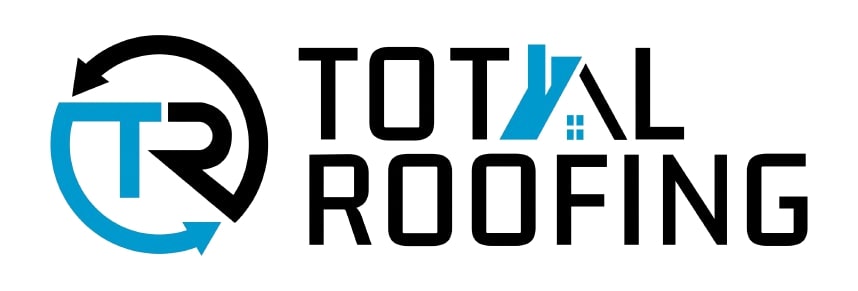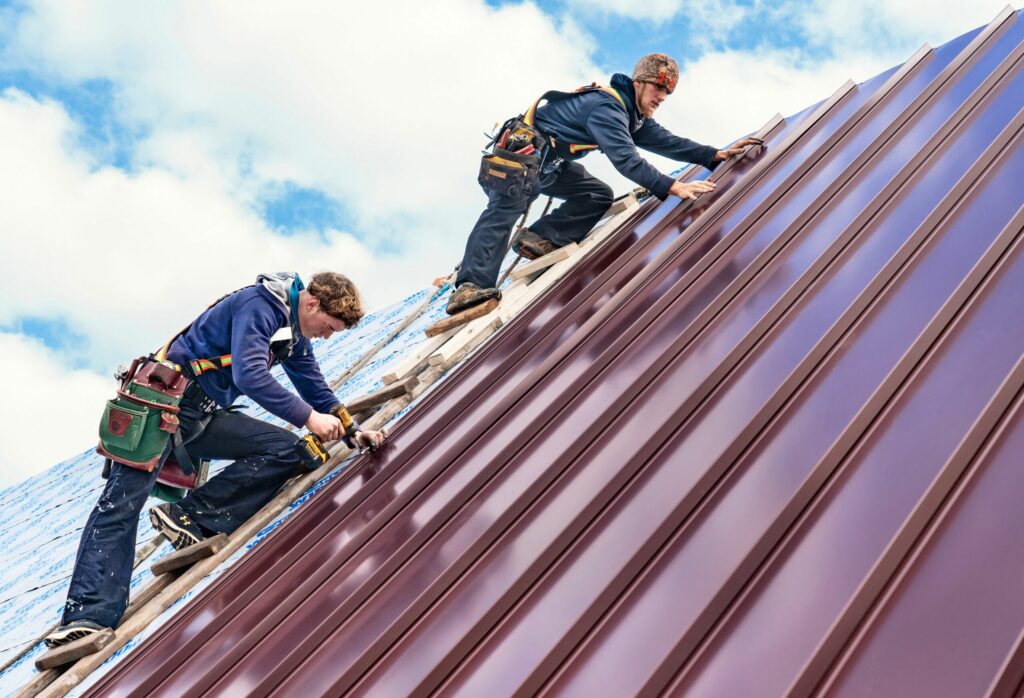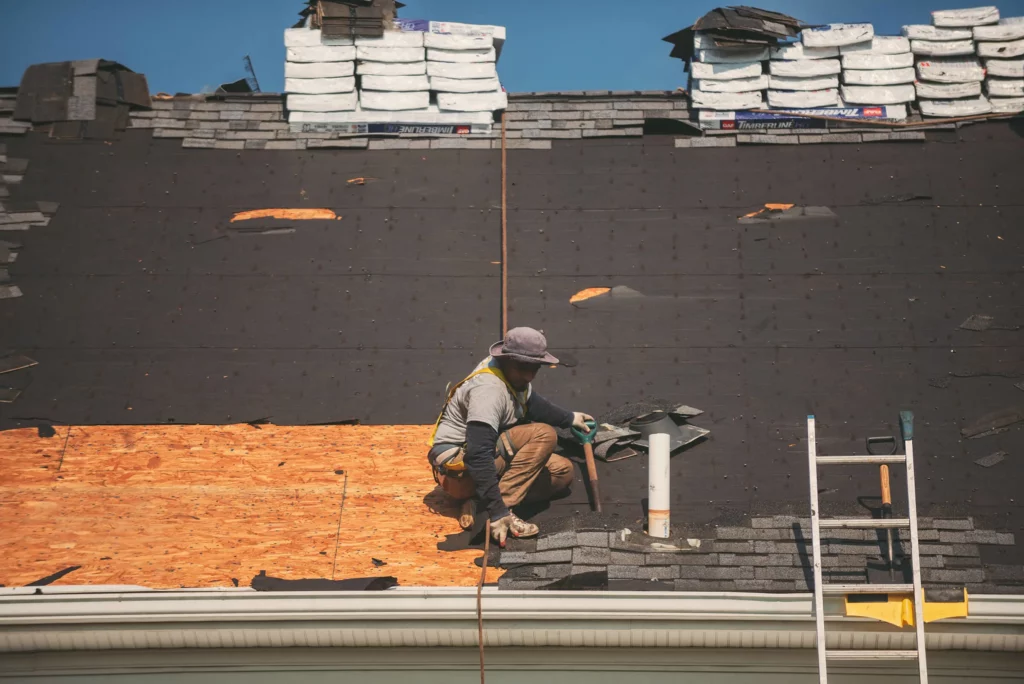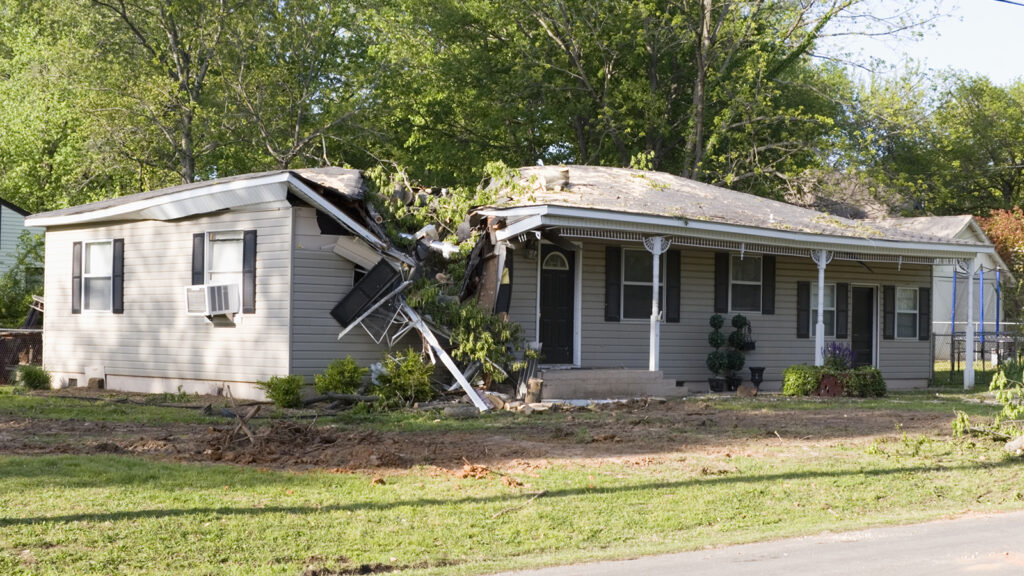Storms can cause devastating damage to your roof—sometimes requiring a full replacement. One of the most common questions homeowners face afterward is: “Will my insurance cover the cost?” Unfortunately, the answer isn’t always straightforward.
While homeowners insurance is designed to protect against unforeseen disasters, coverage for storm damage depends on several factors—your policy details, the type of damage, the roof’s age, and how quickly you act. Misunderstanding your policy could leave you facing thousands of dollars in out-of-pocket expenses.
In this blog, we break down what most insurance policies cover, common exclusions, and how to navigate the claims process to protect your home and wallet.
What Types of Storm Damage Does Homeowners Insurance Typically Cover?
Most standard homeowners insurance policies cover storm-related roof damage under the “dwelling coverage” section, but the exact protection varies by policy and state.
Here’s what is usually covered:
Wind Damage
If high winds tear off shingles, loosen flashing, or damage the roof structure, insurance typically covers the cost of repairs or replacement. Wind-driven debris (like falling trees or flying objects) damaging the roof is also covered.
Hail Damage
Hail is one of the leading causes of roof insurance claims. If hailstones dent or crack shingles, insurance will generally pay for repairs or a full replacement if the damage is extensive.
Rain and Water Damage
Water damage is covered only if it results from storm damage that created an opening in the roof. For example, if wind rips off shingles and water leaks in, the resulting water damage is covered. However, leaks due to poor maintenance are often excluded.
Fallen Trees and Debris
If a tree or large branch falls due to a storm and damages your roof, insurance should cover the roof repairs, tree removal, and cleanup.
Common Storm-Related Damages That Insurance May Not Cover
Homeowners are often surprised to find certain types of storm damage are excluded or partially covered. Knowing these common exclusions can save you costly surprises:
Wear and Tear
If your roof is already old or poorly maintained, insurers may deny your claim, arguing that the damage was caused by age rather than the storm. Most policies exclude general wear and tear.
Pre-Existing Damage
Insurance will not cover damage that existed before the storm. If you’ve neglected past repairs, don’t expect coverage for issues worsened by the storm.
Cosmetic Damage
Some policies exclude “cosmetic” damage—like minor hail dents that don’t impact your roof’s function. For metal roofs, many insurers explicitly state they won’t pay to fix cosmetic issues.
Flooding
Flood damage from heavy rain or overflowing rivers is not covered under standard homeowners insurance. You need a separate flood insurance policy for this.
Matching Exclusion Clauses
Some policies won’t pay to replace undamaged roofing sections simply to “match” the new materials. You might end up with a patchy roof if the materials are discontinued or faded.
How Roof Age Affects Insurance Payouts
The age of your roof plays a crucial role in how much your insurance company pays for storm damage. Generally, the newer the roof, the better your coverage.
Replacement Cost Value (RCV)
If your roof is relatively new and in good condition, your policy may cover the full cost of replacing the damaged portion with similar materials, minus your deductible.
Actual Cash Value (ACV)
For older roofs (typically 15+ years), some insurers only offer ACV coverage, meaning they factor in depreciation. You receive the current value of your roof—not what it costs to replace it.
Example:
- New roof replacement cost: $15,000
- Depreciated value (ACV): $6,000
- Insurance pays $6,000 minus deductible
Pro Tip: Review your policy and ask your agent if your roof is covered under RCV or ACV.
Understanding Your Deductible and Coverage Limits
Your insurance payout is directly impacted by your deductible and any special limits your policy has on roof damage.
Wind and Hail Deductibles
Some states prone to storms have separate wind or hail deductibles that are percentage-based (1-5% of your home’s insured value). On a $300,000 home, a 2% wind deductible means you pay $6,000 out of pocket before insurance kicks in.
Coverage Limits
Certain policies cap the payout for older roofs or specific types of damage. You may not get full replacement value if these limits apply.
Pro Tip: Ask your agent if your policy has percentage-based deductibles or payout limits specifically for wind or hail damage.
Steps to Take After a Storm to Maximize Insurance Coverage
Time is critical after a storm. Insurance companies expect homeowners to take reasonable steps to prevent further damage. Failing to act quickly can result in denied claims.
Step 1: Inspect and Document the Damage
- Walk around your home safely.
- Take clear photos and videos of any visible damage—missing shingles, fallen trees, broken gutters, interior water stains.
- Note the date and time of the storm.
Step 2: Contact Your Insurance Company
- Report the claim immediately.
- Provide the documentation you gathered.
- Ask if they recommend approved roofers or if you can choose your own.
Step 3: Schedule a Professional Roof Inspection
- Hire a licensed roofing contractor experienced with storm damage.
- A professional can identify hidden issues and provide a detailed report for your insurance adjuster.
Step 4: Prevent Further Damage
- Cover damaged areas with tarps or temporary repairs to protect your home.
- Keep receipts for any emergency repairs—you may be reimbursed.
Step 5: Work with the Adjuster
- Be present during the inspection, if possible.
- Share your roofer’s report and advocate for a full review of the damage.
Should You Get a Second Opinion? Yes. Here’s Why.
Insurance adjusters work for the insurance company, not for you. Sometimes, they might underestimate the repair costs or miss hidden damages.
Hiring a public adjuster or having your trusted roofer meet with the insurance adjuster can:
- Ensure all damages are properly documented
- Help challenge low estimates
- Prevent missed hidden damages like compromised decking or insulation
This extra step often results in a better payout and prevents you from covering costs your policy should handle.
Tips to Avoid Common Insurance Claim Mistakes
Many homeowners unknowingly make mistakes that cost them thousands or result in denied claims. Here’s how to avoid that:
- Don’t Delay—File your claim ASAP. Most policies have time limits.
- Don’t Settle Too Quickly—Review the adjuster’s estimate carefully. Don’t accept less than what it costs to fix the damage.
- Don’t Hire Just Anyone—Work with licensed, insured roofing contractors experienced in insurance claims. Avoid “storm chasers.”
- Keep Records—Save all receipts, estimates, emails, and claim correspondence.
- Understand Your Policy—Know what’s covered and excluded before you need it.
Is Full Roof Replacement Always Covered?
Not always. Insurers typically cover a full roof replacement only if:
- Damage is widespread or severe
- Repairs won’t restore the roof to its pre-storm condition
- Local codes require the entire roof to be replaced for compliance
If only part of your roof is damaged, insurance may try to cover just that portion. However, if materials no longer match or are unavailable, you may have grounds to argue for full replacement.
Pro Tip: Get a roofing contractor’s opinion on whether partial repair is practical or if a full replacement is warranted.
How to Prepare Before the Next Storm Hits
Being proactive can strengthen your case for a future claim:
- Take “before” photos of your roof now
- Get an annual professional inspection
- Understand your policy limits and coverage
- Keep tree branches trimmed away from your roof
- Ask your agent about upgrading to full Replacement Cost coverage if you’re on ACV
Protect Yourself by Knowing What’s Covered
Storm damage is stressful, but understanding your insurance policy helps you avoid costly surprises. Remember:
- Most storm-related roof damage is covered—but not everything
- Acting fast maximizes your payout
- Roof age, maintenance, and your deductible impact your final settlement
If you suspect storm damage, schedule a professional inspection immediately and work closely with your insurance company. With the right steps, you can protect your home and avoid paying thousands out of pocket.



